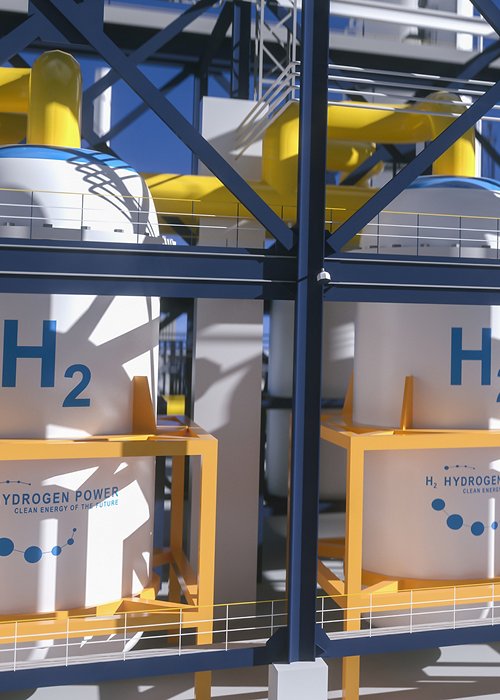In 2018, hydrogen production stood at around 115 Mt, 97% of which is obtained through the chemical process of reforming light hydrocarbons (mainly methane) or from the cracking of heavier hydrocarbons (oil) and coal gasification. Only 1% is produced by electrolysis and the remaining 2% by other technologies. Hydrogen can be used to produce other compounds or as a fuel to produce energy. In particular, the hydrogen produced is used in the chemical industry, to produce ammonia, methyl alcohol (methanol), agricultural fertilisers and petroleum products, and in the metallurgical industry for metal processing.

